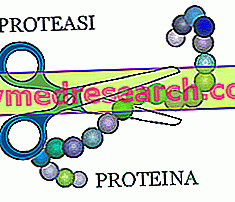
The search for a forced evacuation by means of enemas finds ample space in the history of man, since the most ancient times. For several centuries, purges, enemas and bloodletting have been considered the ideal means to purify the body of evil influences penetrated from the outside.
The use of the enema was already widespread in the times of the ancient Egyptians, for whom it represented one of the most common therapeutic practices. At that time, among the various medical figures appointed to the personal assistance of the Pharaohs, there was also the "guardian of the anus", deputed precisely to the administration of enemas and laxatives. It is believed that the doctors of the time were inspired by the black stork with its arched beak (Ibis); this bird, sacred to the Egyptians, when in need of it has the habit of filling its beak with water and then injecting it into its intestine in order to clean it up.
Even in the Latin peoples the enema continued to be used for therapeutic purposes, reaching the Middle Ages along with purges, emetics and bloodletting. The general conviction held these practices useful in healing diseases. The Sun King, for example, had adopted the enema as a normal daily hygiene practice, so much so that the seventeenth century can be considered the period of maximum diffusion of the practice of enema in Europe, source of numerous historical anecdotes straddling comedy and eroticism.
With the advent of microbiology the fight against diseases slowly began to take advantage of new and important weapons, first of all personal hygiene. Despite the increase in scientific knowledge, the practice of enema as a general therapeutic garrison remained in vogue until the middle of the last century; just think of the old habit of taking castor oil or English salt to purify the body at every change of season.



